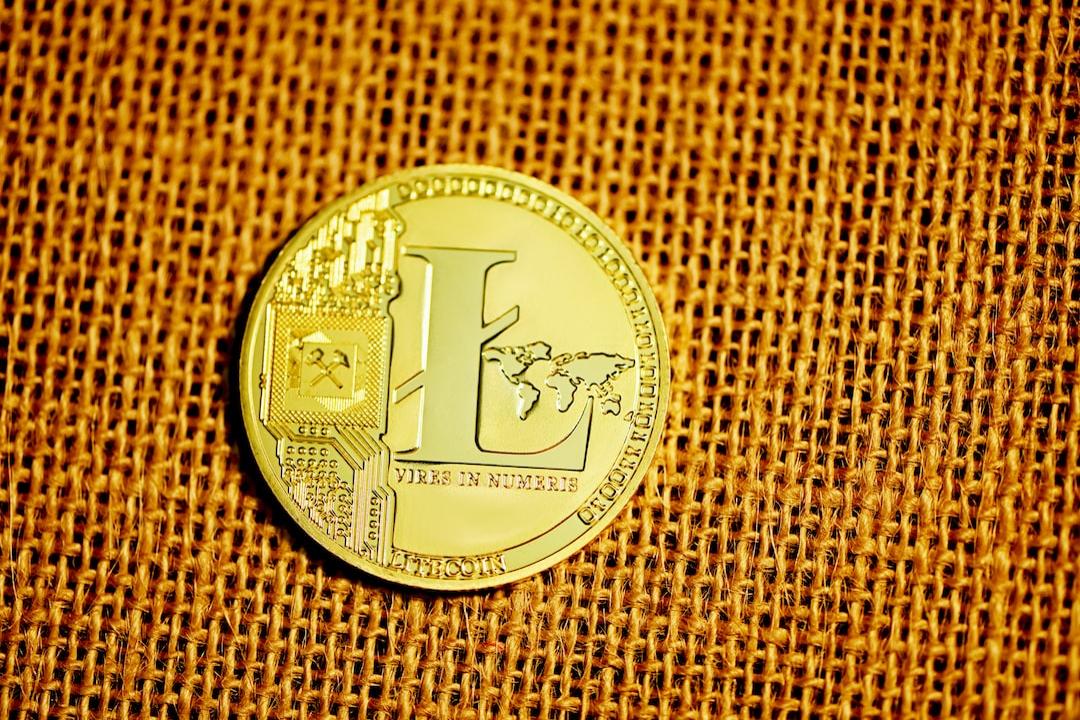A new policy update from the U.S. Securities and Exchange Commission (SEC) is raising hopes that liquid staking could soon be permitted within spot crypto ETFs—particularly those tied to Ethereum.
Issued by the SEC’s Division of Corporation Finance, the August 5 staff guidance states that liquid staking arrangements, under certain conditions, do not constitute securities offerings.
Liquid Staking Tokens Gain Regulatory Ground
The guidance clarifies that staking receipt tokens (SRTs)—which represent claims on staked crypto and its rewards—are not securities if structured as simple proof of deposit. The SEC determined that in cases where providers perform only administrative functions without directing staking decisions or setting reward terms, there is no investment contract under the Howey Test.
Liquid staking tokens (LSTs), often used to maintain liquidity in on-chain positions, fall under this category. These tokens allow holders to access staking rewards while still using their assets in other financial operations, such as trading or collateral management—without having to unwind the staking position.
Industry Reaction and the ETF Implications
Nate Geraci, co-founder of The ETF Institute, welcomed the decision, calling it a major breakthrough for the future of spot Ethereum ETFs. According to Geraci, LSTs can solve a key regulatory hurdle—managing liquidity within ETF portfolios—by enabling staking exposure without locking up assets.
Lucas Bruder, CEO of Jito Labs, praised the SEC’s nuanced approach. His team met with SEC officials earlier this year to explain how LSTs could function inside ETFs without violating securities laws. He now anticipates that fully-staked crypto ETFs using LSTs will eventually become mainstream financial products.
READ MORE:


Binance Dominates Futures Market with $2.55 Trillion July Volume Surge
Cautious Endorsement, Not a Free Pass
While the SEC’s updated stance is a positive signal for DeFi and staking-focused products, it comes with boundaries. The agency emphasized that the guidance applies only to providers operating within narrowly defined administrative roles. If a staking service takes on more discretionary power or alters the basic structure outlined in the statement, it may still fall under securities regulation.
Moreover, while secondary trading of SRTs is also exempt from registration under the described terms, this exemption is not universal. Providers and developers must still carefully assess whether their models stay within the defined regulatory guardrails.
The Bigger Picture
This development builds on a growing body of SEC statements signaling a more refined approach to crypto regulation—particularly when it comes to separating core infrastructure from investment schemes. With liquid staking gaining legitimacy, a future where spot Ethereum ETFs offer staking rewards looks increasingly likely.
However, full approval will depend on ETF issuers maintaining transparency, proper structure, and regulatory dialogue as they bring these innovative products to market.


Kosta Gushterov




Kosta has been working in the crypto industry for over 4 years. He strives to present different perspectives on a given topic and enjoys the sector for its transparency and dynamism. In his work, he focuses on balanced coverage of events and developments in the crypto space, providing information to his readers from a neutral perspective.



